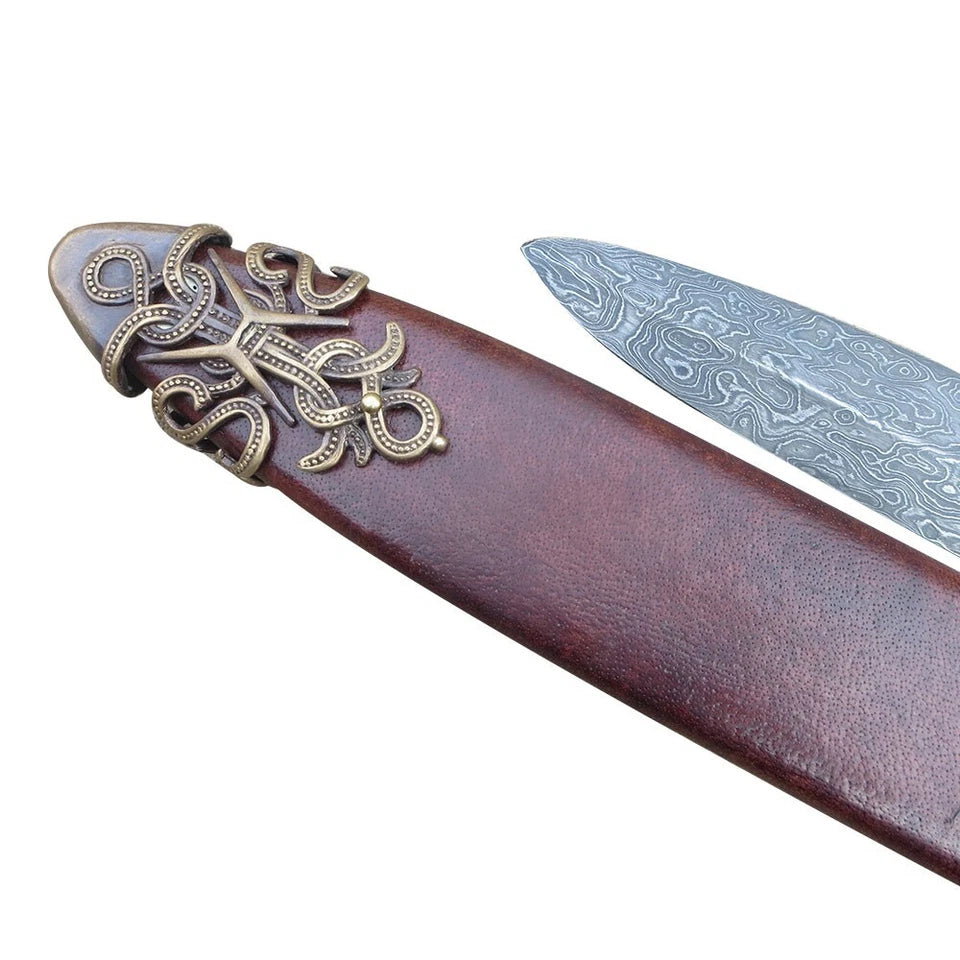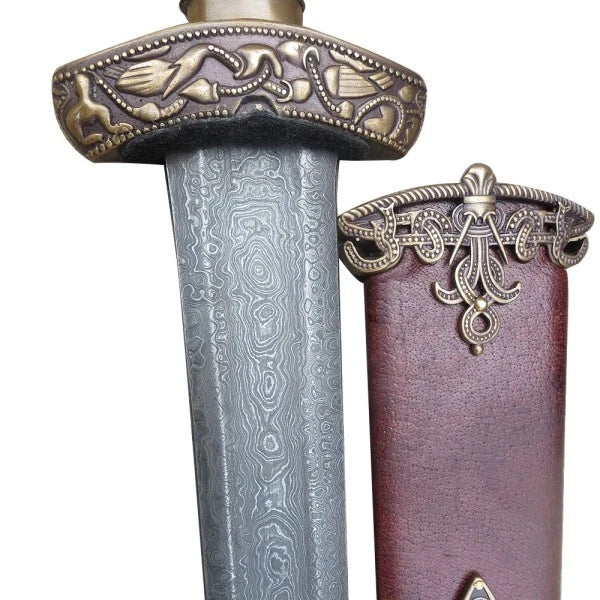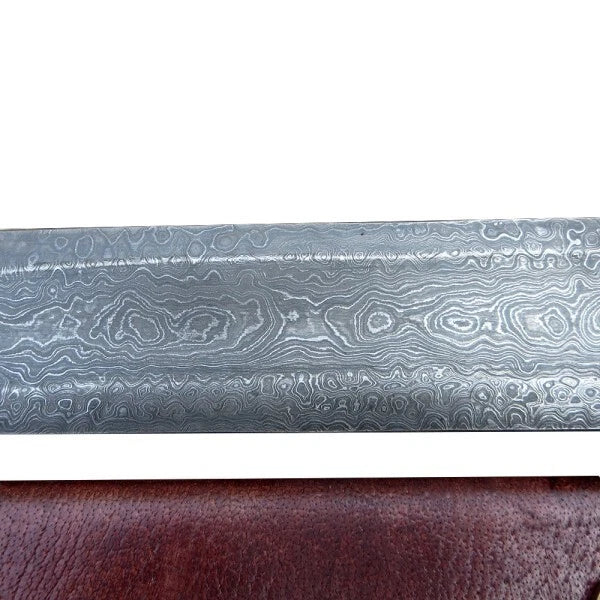STA Lifestyle
Dybäck Viking Sword with Damascus Blade – Deepeeka Primus
Dybäck Viking Sword with Damascus Blade – Deepeeka Primus
Couldn't load pickup availability
The Dybäck Viking Sword is a historical artifact of significant archaeological and metallurgical interest. It was discovered in Sweden and dates back to the Viking Age, roughly between the 9th and 10th centuries AD.
Discovery:
-
Location: Found in Dybäck, a village in Skåne County, southern Sweden.
-
Context: Excavated from a Viking Age burial site, the sword was part of a grave, likely belonging to a person of high status.
Cultural Significance
-
The sword is an example of the Ulfberht-type swords—high-quality blades associated with Frankish or Continental origin, though pattern-welded blades like Dybäck’s could be local imitations or adaptations.
-
Its craftsmanship reflects elite warrior culture in Scandinavia and the interconnected trade and warfare networks of the Viking Age.
Damascus Nordic Sword (Birca graves)
Manly splendour: Fine weapons were part of the man’s outfit. The Viking era was the time of ostentation. Highly detailed, very historical as seen in Stockholm museum. Replica of a sword discovered in Dybäck, Skåne in Sweden. The sword is influenced by Anglo-Saxon Winchester style of metal work which was popular during the 8th-11th century. The original is on display at the Historical Museum in Stockholm. The grip, guard and pommel are made of cast copper alloy. The unsharpened blade is made of well tempered mild steel.
| Overall Length | 36 1/8" |
| Blade Length | 28 3/4" |
| Weight | 2 lbs 6 oz |
| Edge | Unsharpened |
| Width | 45.5 mm |
| Thickness | 3.7 mm - 4.4 mm |
| Pommel | Riveted and Threaded |
| P.O.B. | 5 1/4" |
| Grip Length | 4 1/8" |
| Blade | [C60 High Carbon Steel] |
| Class | |
| Culture | Viking |
| Manufacturer | Deepeeka |
| Country of Origin | India |
Share





